The pandemic’s “new normal” has led to dramatic changes in consumption patterns across the entire HoReCa industry. In coffee, quarantine boosted the at-home and single-serve (pods and capsules) markets, accelerating a trend that has been growing for a decade. At first, the industry believed that such changes would only have a short-term impact. However, now there are talks about the post-COVID normal with a wide acceptance that online shopping and strong at-home markets are here to stay.
For roasters, this change in consumption brings a need to adapt and also an opportunity to tap into a new market. Though consumers will remain buying whole beans and ground coffee, the experience provided by capsules is the closest buyers can get to the coffee shop without risking a costly investment in professional espresso machines. “The difference from previous domestic products, however, is that rather than competing through cheapness, capsule systems promise to replicate the quality of coffee outside the home and charge a similar premium for this,” wrote historian Jonathan Morris for The Craft and Science of Coffee (2017).
To help roasters interested in embracing this market, Algrano spoke to an industry leader with over 3 years of experience in the capsule segment in Europe who preferred to stay anonymous due to his contractual obligations. He has worked with both commercial and specialty pods and has a wide view of the market. Though he advises novices to “spend 90% of the time on the development of the capsule itself,” we prepared a selection of tips and coffees currently on offer at Algrano that suit capsule production to help with the other 10%.
1 - Choose a coffee you can roast for longer
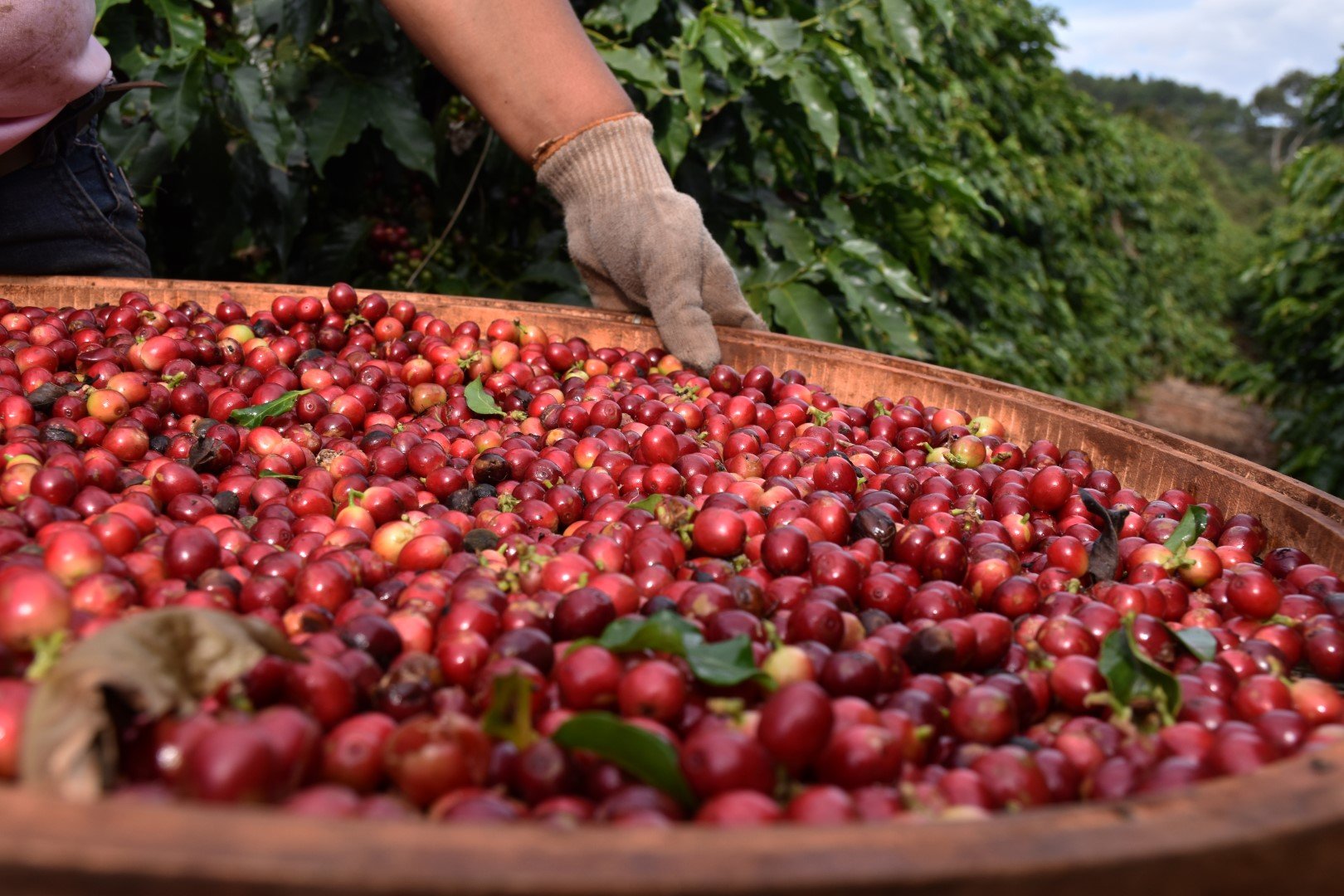 BR-274 SanCoffee Chocolate Blend
BR-274 SanCoffee Chocolate Blend
There is a lot of super dark roast low-quality commercials being used for capsules currently. This happens not only because roasters want to maximize margins but because pod machines extract faster than your average espresso machine. “You want to extract as much as possible in very little time, so you need very porous and soluble coffee,” explains the specialist.
Going pitch black is not the only way to achieve higher solubility but invariably you will need to adopt a long/slow curve, even if your strategy is to prolong Maillard and keep a short DTR. Find a coffee that is favoured by the development of roasting-related compounds, like BR-274 SanCoffee’s Chocolate Blend. High in sweetness and with a honey-like body, this Brazilian coffee than take the extra time without suffering.
Other suggestions: BR-300 Mantiqueira de Minas Regional Blend 02 and CO-46 Cafenorte’s UGQ
2 - High acidity is your kryptonite
.jpeg?width=1280&name=WhatsApp%20Image%202020-09-24%20at%2013.05.37%20(2).jpeg)
BR-340 Vinhal’s Boia Natural Estate Blend
As fast extraction can easily lead to a sour cup, highly acidic coffees are best avoided. On top of the extraction time, roasters need to consider the temperature of the water during extraction. Our specialist explains that “Though the new versions should be able to, plastic capsule machines don’t hold temperature very well from beginning to end. The lower temperature can lead you to sour beverages.” Rafael Vinhal’s BR-340 Boia Natural Estate Blend from Cerrado Mineiro is super sweet and full-bodied. The acidity is still there to make it interesting but it’s not the main attribute of this coffee, making it a great choice for pods.
Other suggestions: CO-63 Special Blend, BR-382 Veloso Absolute Blend and BR-408 Fazenda Inhame Lote 2 Natural
3 - Think beyond flavour: balance, taste, certification
CO-109 Regional Planadas - Tolima
“If you open a pod and cup the coffee inside you’ll find it is super roasted. But in the capsule machine, it will turn out okay. As the roast is darker, the idea is that you deconstruct the beverage and focus on basic taste rather than flavour. Your thinking is different,” says our expert. When flavour is not the main attribute on the cup, all the others become more important. A balanced coffee is paramount and, by choosing coffees with interesting textures you add the luxurious feel customers look for on capsules. Think creamy, velvety, jammy and syrupy, like CO-109 Cofinet’s Regional Planadas - Tolima. The highlight of this Colombian blend is definitely the mouthfeel! Certifications such as Fairtrade and organic are also good ways to add value to your product.
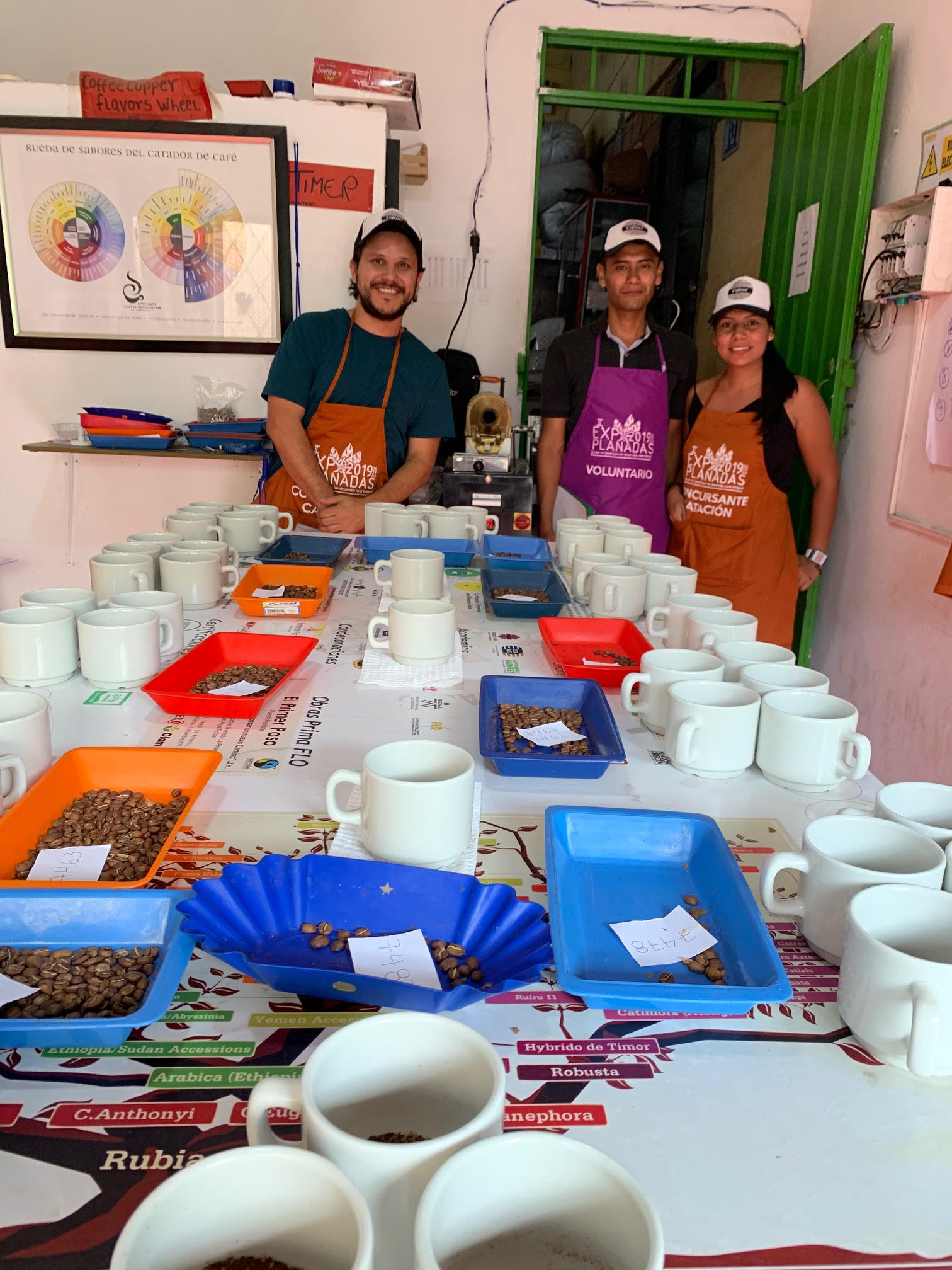
Other suggestions: BR-299 Blend Ypê - APAS FT and BR-419 D’Brasil Organic Natural
4 - Dark fruits, jammy and boozy: go for obvious, punchy flavours

TZ-30 Glanmalure Special Kent FW AA/AB
“The approach is different for specialty capsules. Here you do go for flavours,” the expert says. And when he says flavours he means obvious, punchy, transparent flavours. “We developed a specialty line in the past that was popular and our focus was on intensity and heaps of sweetness. We used heavy, sweet and boozy naturals. So boozy that it overpowered everything else. It was perfect,” he remembers. “Coffees with a heavy, syrupy body work very well. The dark fruit flavours are really easy to translate to the cup.” We totally vouch for dark fruit flavours like plum, prune, grape and raisins. Glanmalure Farm TZ-30 is a great example, combining notes of plum, dark chocolate and black currant next to a round body and a mild acidity.
Other suggestions: BR-375 Taza Dorada FLC Category Winner FT, BR-390 Fazenda Vila Boa Yellow Catucaí Pulped Natural, CO-103 Bahareque Micro-lot El Cofre, CO-66 Natural Colombia
5 - Next level: Go really high-end

BR-437 Vinhal Cafés Artesanais Fermented FW
Capsule machines don’t offer many manual adjustments and are not built for complexity. “You need a really good coffee but I wouldn’t recommend a 90+ because the machine won’t be able to translate the complexity to the cup,” explains our expert. This is not to say that you can’t use high-end coffee for pods. Colonna Coffee in the UK is living proof that you can. “Also, you need nearly 4 times less coffee for a capsule than you would need for a regular espresso. If you are a boutique roaster it can be interesting to offer high-end nano-lots to offer something different,” he says. The premiums consumers are willing to pay for capsules also give you more margin to pay higher prices for farmers. Try this micro-lot from Vinhal Cafés Artesanais in Brazil. The fermentation created a super fruity flavour combination with cooked pineapple and sweet coconut supported by a big body.
Other suggestions: TZ-33 Glanmalure Special Kent Honey, CO-73 Bourbon Natural, BR-329 Lot 2 Project AAA Fermented Natural Acaiá
***
Sign up or log in to Algrano platform to get your free samples of the coffees above! Or browse other coffee to find a perfect match for your capsule line!
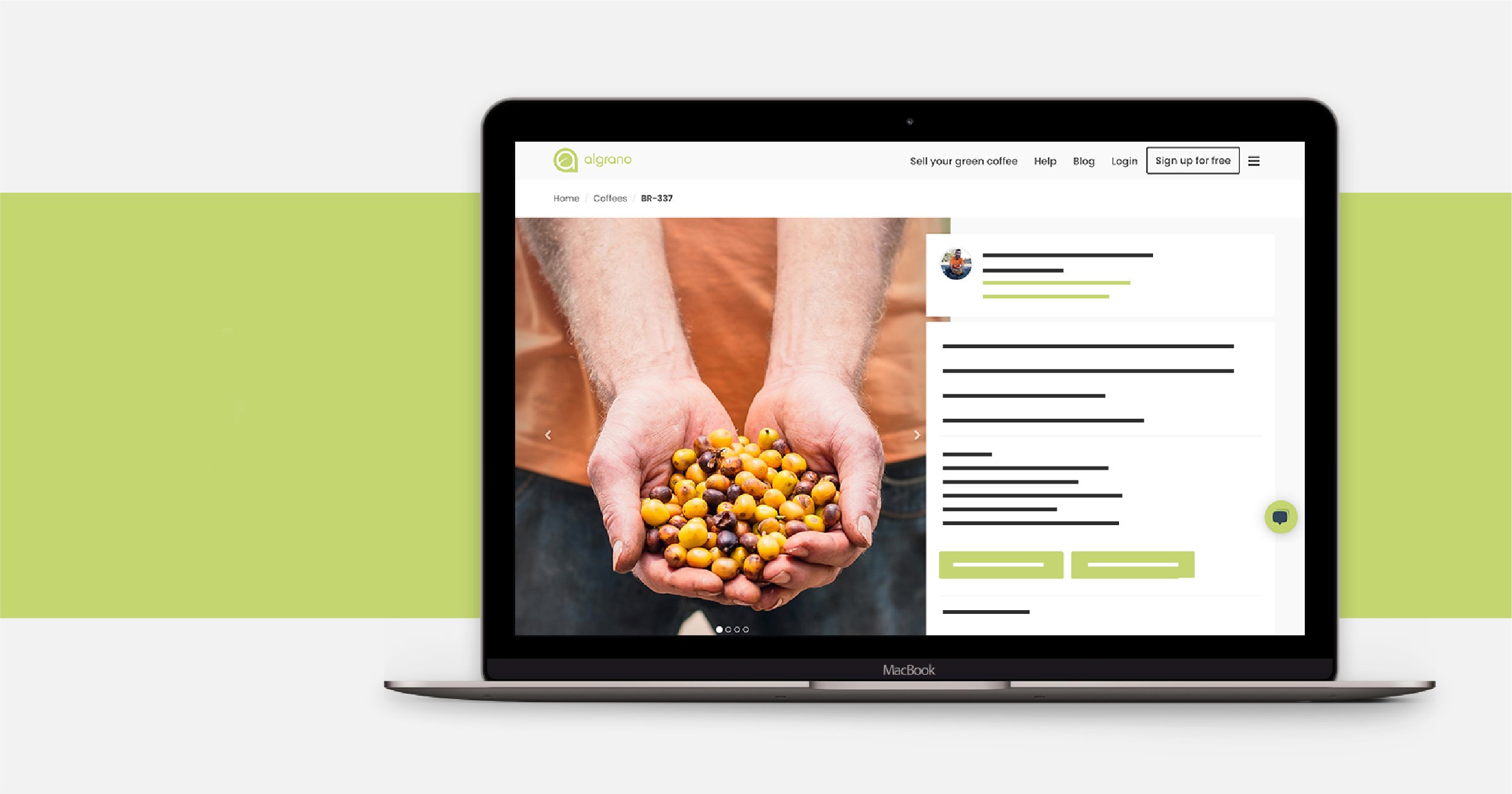



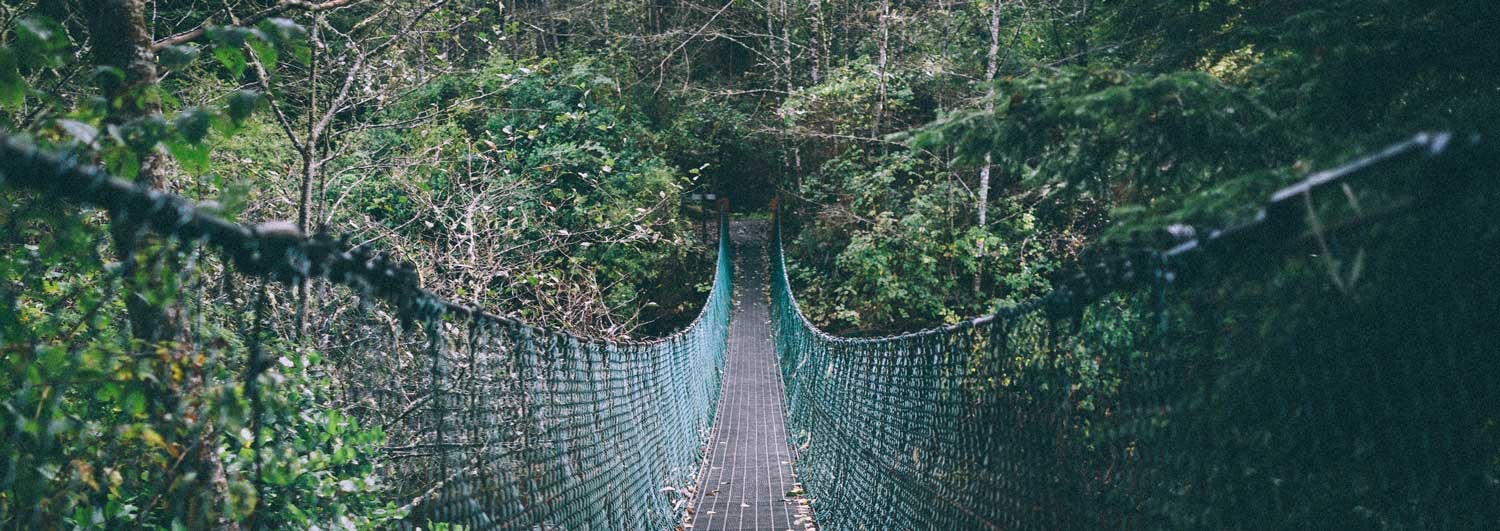
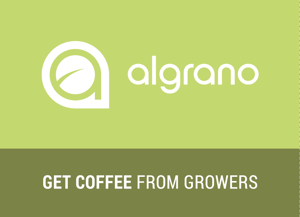
Let Us Know What You Thought about this Post.
Put your Comment Below.